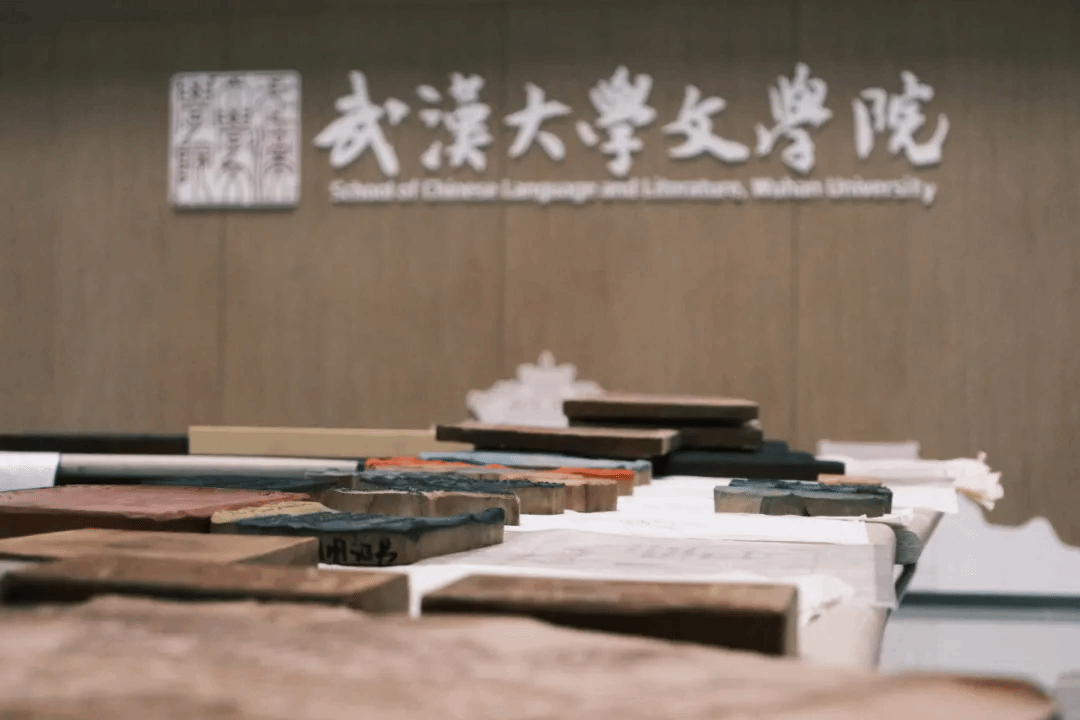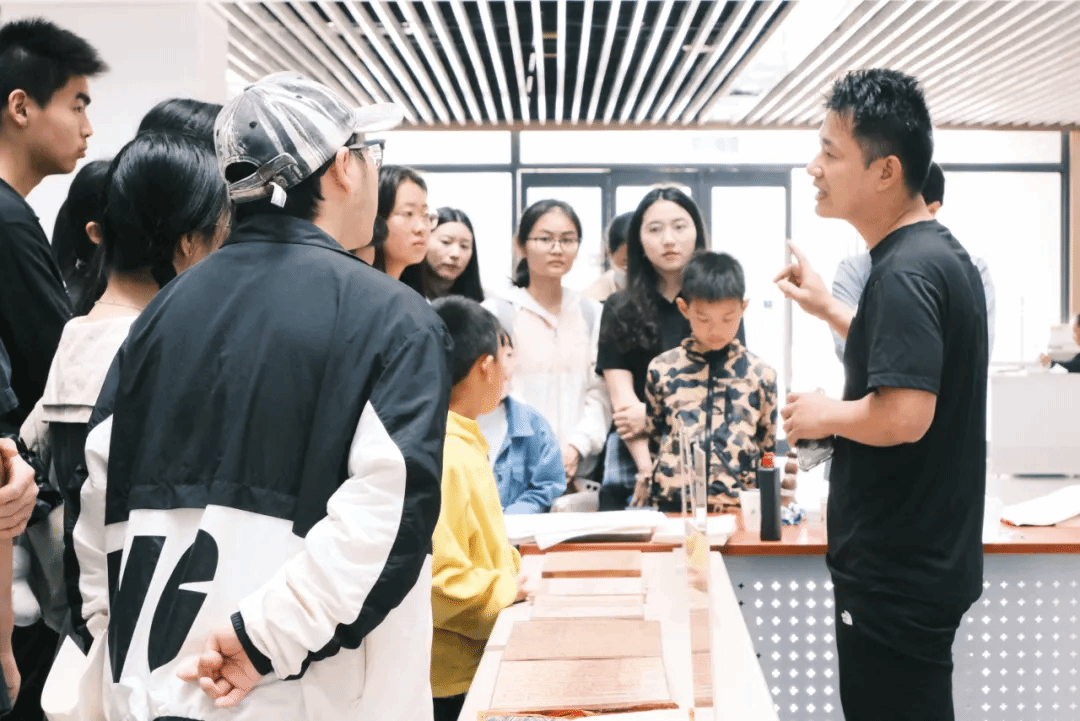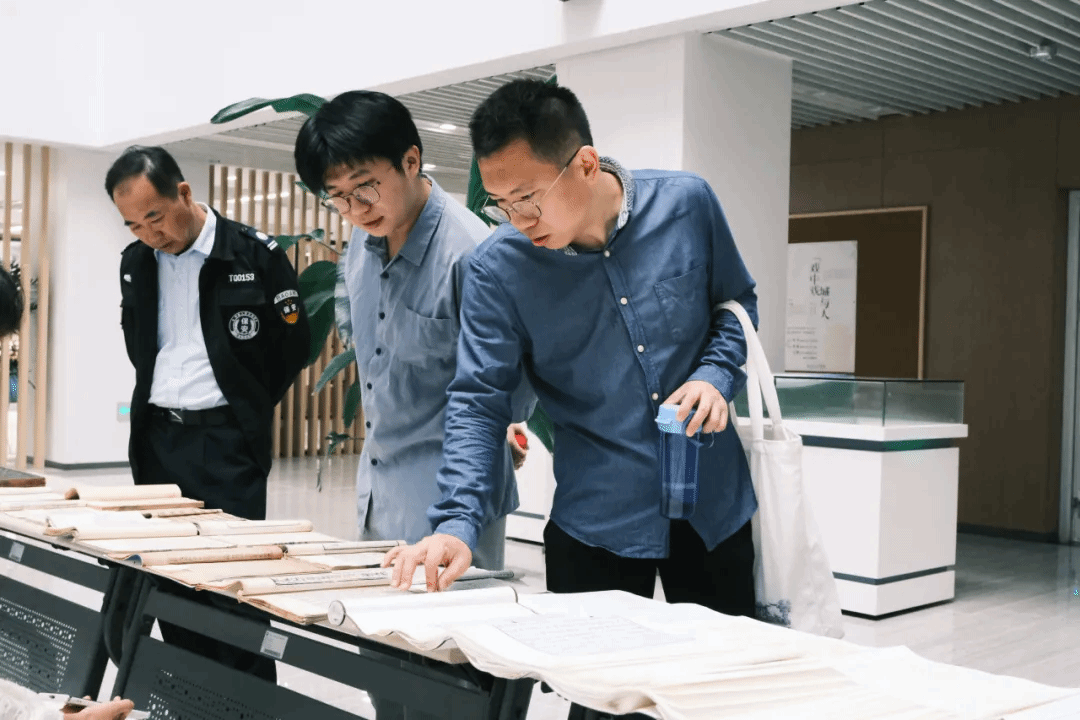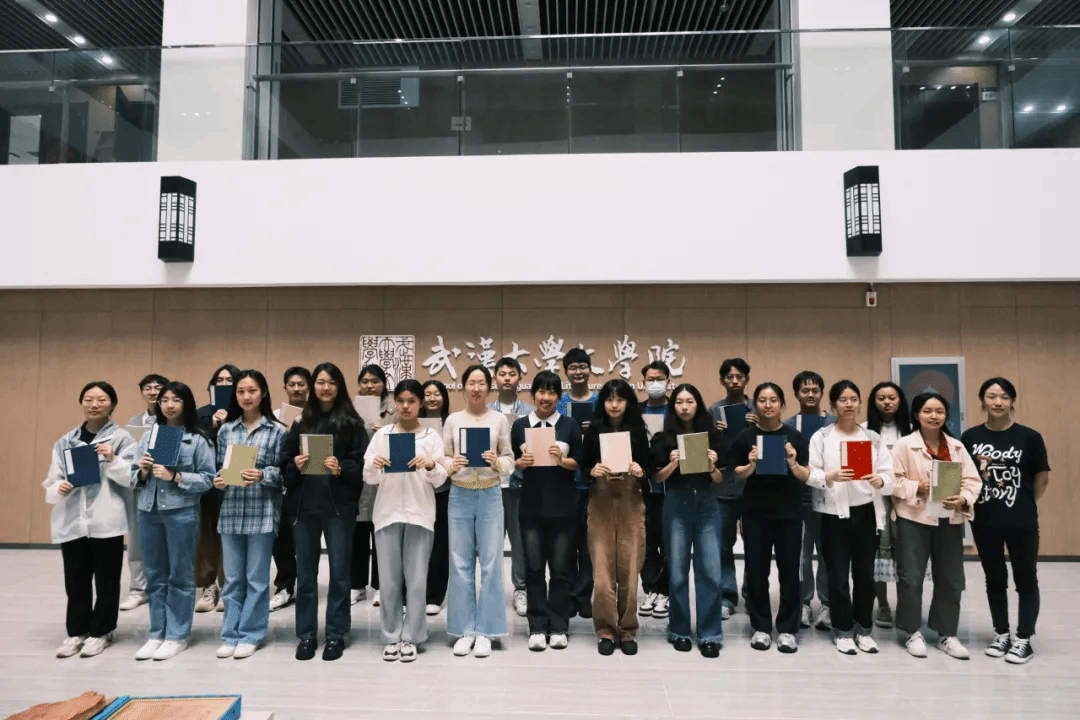On the occasion of World Reading Day, the School of Chinese Language and Literature of Wuhan University (WHU) and Central China Normal University (CCNU) jointly held an intangible culture experience activity in our university’s Zhenhua Building. As part of the Classical Chinese Bibliography course practice, the activity combined cultural experiences with curriculum practice, including exhibitions of block printing, movable-type printing, ancient bookbinding and other interesting projects.

School of Chinese Language and Literature of Wuhan University
The art of printing is one of the four great inventions of ancient China with block printing being a significant technique that was listed as a UNESCO intangible cultural heritage in 2009. Since the Tang and Song Dynasties, block printing has played an indispensable role in the transmission and spread of culture. Later, with the development of books in ancient China, overprinting, woodblock printing and other forms of printing gradually derived from block printing, carrying the wisdom and civilization of ancient China.
Li Zhenhao is the teacher of the National Library of China block printing course and an inheritor of block printing. One of his carvings, a Confucius statue, was sent to the United Nations as a gift. As one of the instructors for this activity, Mr. Li introduced each step in the book-making process, from the treatment of logs and engraving printing plates to collation, printing and eventually binding a book. When discussing carving, he created some basic cut handicrafts using his handmade carving knife, receiving much applause and praise. Besides, Mr Li shared his story of successfully rehabilitating a traditional craft named Yaguang Note from the Song Dynasty with block printing following more than twenty trials, which inspired the participants to admire this traditional Chinese technique.

Mr. Li instructs with patience
Mr. Li’s patient instruction aroused strong interest among the students. In the printing experience zone, students attempted to print a portrait of Confucius, Li Qingzhao’s Ci, and other works by such means as block printing and movable-type printing. Guided by professional teachers, students carefully spread out the paper, evenly brushed ink on it and imprinted it with care. Unveiling their first printing works, everyone smiled with joy and satisfaction, and the Zhenhua Building was filled with cheers and laughter.

Students print classics in person
Wang Xinxin, another instructor of the activity, is also knowledgeable about Chinese traditional culture. She personally bound an exclusive thread-bound book containing plaques, badges, mottos and other elements of the School of Chinese Language and Literature of WHU. Ms. Wang patiently explained the complicated process of binding a book step by step, including pagination, folding, alignment, cutting, threading and so on. Thanks to her detailed explanation, everyone understood the process of binding books, gaining a sense of participation and accomplishment.

Ms. Wang explains and binds a book step by step
Professor Li Hanguang and Zhao Yuquan, the course teachers of Classical Chinese Bibliography, attended the practical activity and expounded professional knowledge, such as movable-type printing types and version identification methods, to the students, thus enabling them to have a deep insight into Chinese bibliography and traditional Chinese culture.

Professor Zhao offers guidance to students
The activity successfully combined course practice and cultural experiences. Through experiencing printing, binding and other kinds of intangible cultural heritage, students further comprehended what they had learned in the classroom and were deeply touched by the unlimited fascination ancient Chinese literature and classical bibliography offer. Moreover, they realized that without this invaluable heritage, it would be difficult to read the beautiful poems of our predecessors, let alone appreciate the profound Chinese culture. After the activity, many students shared their reflections on the course and the activity, showing their ambition to study and spread the wonderful Chinese culture.

Group photo of the participants in this meaningful activity
Edited by : Jin Chenwu